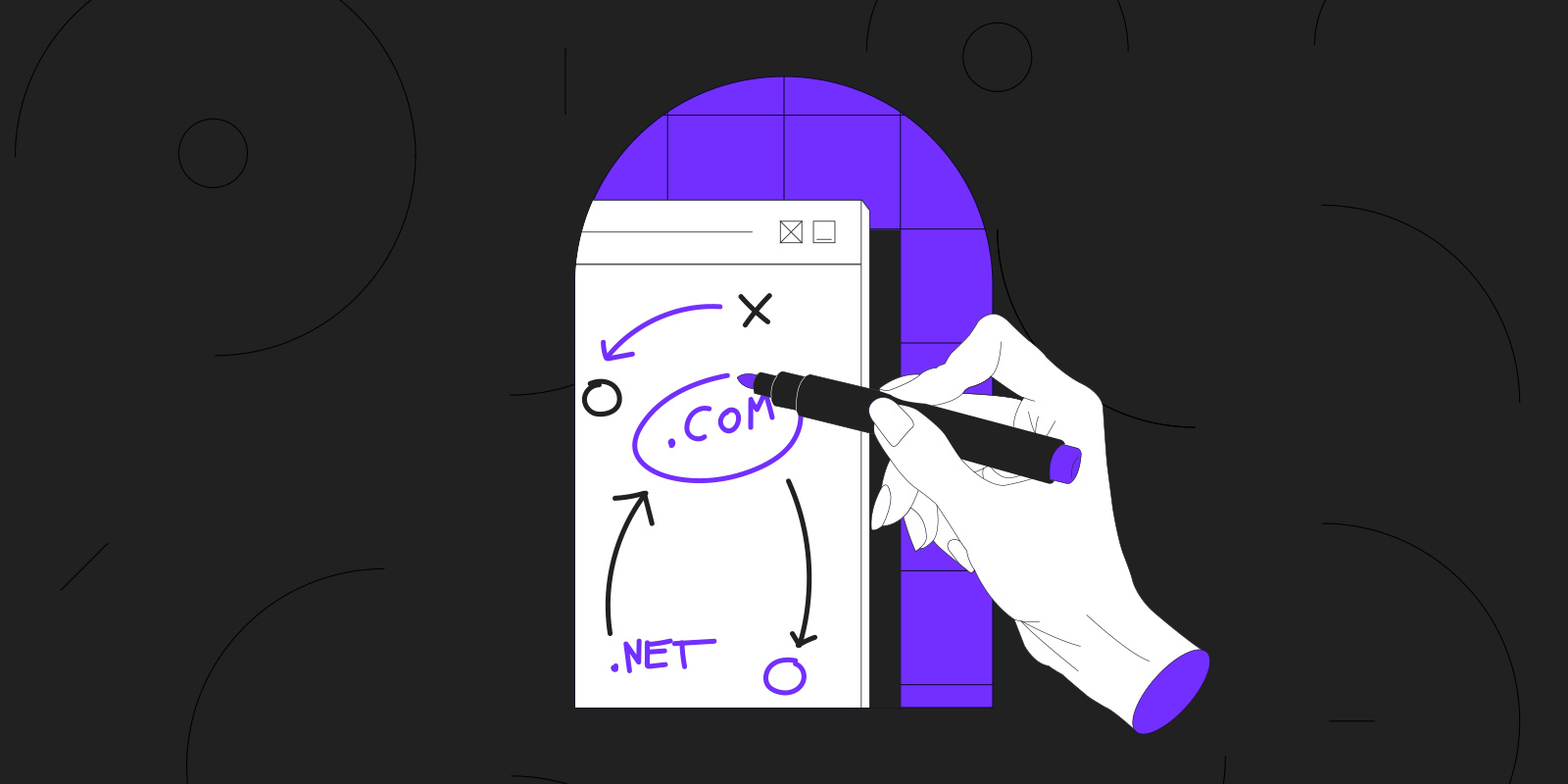What is a Premium domain?
“This domain name is categorized as ‘Premium’ at the registry.”
Maybe you’ve seen something like this message before at Gandi or another registrar. If you have, you may also have wondered what makes these domains special and why they cost extra.
The concept of a “Premium” domain applies primarily to the field of new gTLDs. Within the space of a little over a year, around 900 new extensions have been added to the once relatively narrow band of “classic” TLDs (you know, like .com, .net, .org …). The result has been a steady multiplication of the number of available domain names.
One consequence of this flourishing domain name market has been that it is now possible to replicate the same name across hundreds of extensions (think of how many Google must own). It’s now also possible to choose an extension that matches a special area of interest or a particular commercial market. Take .beer or .archi, which primarily focus on beer and architecture (all you need in life, really).
It’s important to note, however, that each extension is not created equal. They are each managed by a different registry. Some large registries like Donuts manage hundreds of extensions. Other registries like dotStrategy were created specifically to manage a single extension. In this case .buzz.
Not every domain name is equal either. Some domain names have a much higher probability of being popular (or have a higher market value if you prefer). Kind of like search engine keywords.
Trademark Clearinghouse (TMCH) keeps a database of registered trademarks. Obviously, terms stored there are likely to generate higher demand. In general, though, we are talking about easily-recognizable and memorizable domain names. Or ones that have optimum SEO.
Some are generic. Others, like englishmuffins.cooking, teahupoo.surf (it’s a famous Tahitian wave), or royals.london are especially valuable only in conjunction with particular extensions. The domain name romance.bets isn’t terribly attractive, but romance.online is quite the catch.
The registries of these new extensions, then, have a set of unique challenges. How can they ensure an orderly roll-out of these high-value domain names? This doesn’t just mean managing competing purchases (generally domains are registered on a first-come-first-served basis). It also includes keeping out domain squatters, especially on domains corresponding to brand names.
Most of these registries are also commercial entities. They’re also motivated to take advantage of the high demand in these domain names.
One solution to the problem is to auction off domains to the highest bidder during the Landrush phase or Early Access Period.
The other option is to make certain domains “Premium” . But it’s not actually a uniform solution. Some registries make all their Premium domains open to all (again, generally first-come-first-served). Others have eligibility requirements. These can range from a statement of motivation and the registrant’s “good faith” to a complete business plan.
There are also several ways of pricing Premium domains. Some registries have complicated hierarchies of Premium domains. Afilias ( .blue, .vote, .rich, and .porn among others), for example, has eight categories of Premium domains.
Approaches to pricing can vary too. Large registries often prefer a finely tuned machine that hones in on that sweet spot on the supply-and-demand curve that gives optimal ROI. Small registries might release their extensions in the GoLive phase without designating any domains as Premium. Then, when they have the budget to do some research on the topic, they add domains to their premium list.
Likewise, compiling lists of Premium domains varies widely as well. To determine what domains are likely to be popular, registries sometimes monitor social media (like in the case of United TLD, the registry for .ninja domains). They might use search-engine history and traffic or even sales history of the classic TLDs like .com. One thing that’s relatively consistent, though, is that the secret sauce and the list itself is rarely made public.
So, what it all means is sometimes when you’re looking for a domain, you might find that it’s Premium. But “Premium” doesn’t always mean “prohibitively expensive.” For example, sql.agency and pop.solutions are two premium domains under $50.
And, it’s important to note, your domain might not be Premium at all. If you’re a small business and your company name isn’t super generic and isn’t another brand name, it probably isn’t.
Or maybe, if you find out you can’t register a particular domain, your domain is actually “reserved.” It’s important to make the distinction.
A Premium domain would likely be at the top of the list of domains a registry would like to see registered. A registry’s list of reserved domains however are the ones they don’t want to open up to the public.
This can be for moral and political reasons to potential liability or even vanity. The domain rob.sucks, for example, is a reserved domain because the CEO of the .sucks registry is Rob Hall.
So be sure to note whether the domain you want is actually “reserved,” or if it’s “Premium.”
Which brings us back to:
“This domain name is categorized as ‘Premium’ at the registry.”
What should you do with this message? If you can register it online, then you should see the Premium price right next to. But sometimes you’ll need to contact our Customer care team to find out what the Premium price is. You may also want to ask if the extension has particular eligibility requirements. If you don’t want to pay the Premium price, try a different iteration of your domain name. If a domain name sounds like it’s Premium, it probably is.
Tagged in Domain names


